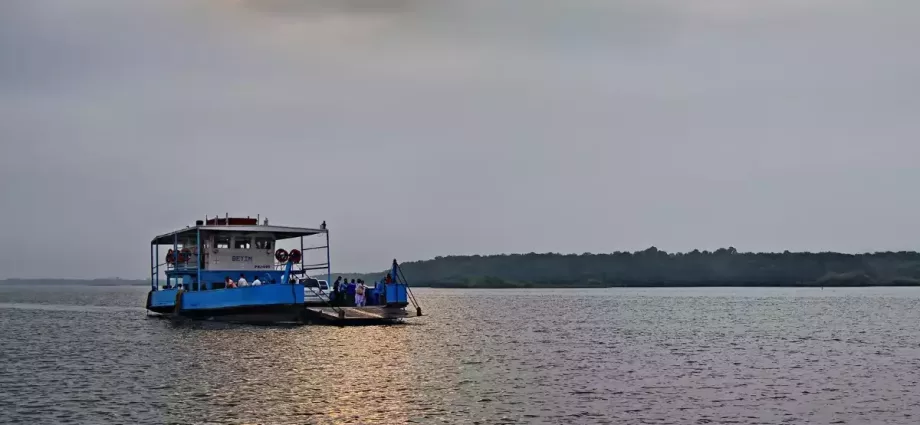The Brahmaputra, a powerful river coursing through Assam, slices Guwahati in two. But this isn’t a divide; it’s an opportunity for a unique travel experience. Ferry services have long been the lifeline connecting the north and south banks of the city, offering a budget-friendly and scenic commute.
These ferries are more than just transport; they’re a cultural icon. For generations, they’ve carried students, working professionals, and residents on their daily commutes. The Guwahati experience isn’t complete without a ride on a ferry. And taking in the vastness of the Brahmaputra and the bustling cityscapes on either side.
While ferry services may be temporarily suspended due to varying water levels, they typically ply between established ghats (river terminals) like Uzan Bazar and North Guwahati. The Inland Water Transport Department (IWTD) manages these ferries, ensuring safe and affordable passage.
Riding the ferry is a visual treat. Passengers can soak in the panoramic views of Guwahati, with the majestic Kamakhya Temple on the south bank standing tall against the skyline. During festivals like Durga Puja, the ferries might even navigate around colourfully decorated idols immersed in the river.
However, the Brahmaputra’s water level can disrupt ferry operations. During the monsoon season, when the river swells, services may be suspended for safety reasons. Similarly, during the dry season, low water levels can create navigational challenges because of sand bars. Windy conditions on the river can also pose risks for the ferries. Hence authorities halt ferry services when the conditions become too windy.
Despite these occasional hiccups, Guwahati‘s ferry services remain a cherished tradition. They offer a glimpse into the city’s vibrant life and provide an essential connection for its residents. So, on your next visit to Guwahati, be sure to factor in a ferry ride; it’s a journey that will stay with you long after you disembark.

